Different Types of Finishes for Granite Kitchen Countertops
According to Rock Doctor, granite is the oldest igneous rock in the world. It formed beneath the earth over 300 million years ago. As the most common rock in the Earth's crust, granite provides a durable natural surface that resists heat damage. It's no wonder it's one of the most preferred materials for kitchen countertops! Depending on the finish, however, the stone may require extra effort to clean and maintain when it's cut and polished into countertop form. Here's some information on the different types of suitable countertop finishes.
Suitable Countertop Finishes
Although 15 or more granite finishes exist, only about six work well for granite kitchen countertops. The three most popular finishes are polished, honed, and leathered. These three staples appear most often in kitchens and bathrooms. Flamed, caressed, and bush hammered finishes appear more often outdoors. Let's take a closer look at each option.
Polished Finish
Polished granite looks shiny and reflects like a mirror. Due to this reflectivity, it can cause glare. On the upside, however, a polished surface seals the granite, which prevents water damage and staining. Thus, this counter style requires less effort to clean. All you need to do is wipe it with a soft, damp cloth.
Honed Granite
Honing produces a smooth, less reflective finish. Instead of buffing to a shine, the process ends when the granite feels smooth. However, ending the polishing process without buffing allows water penetration, which can leave the surface susceptible to food stains. Consequently, honed granite needs more frequent sealing than a polished surface.
Leathered Granite Finish
Manufacturers run diamond-tipped brushes over honed granite to achieve this finish. The resulting dimpling adds a touch of elegance. Leathered granite resists stains and hides fingerprints, making it an excellent choice for homes with small children.
Flamed Granite Kitchen Countertops
According to Rock Doctor, manufacturers apply extreme heat to the granite to burst the crystals in the rock. The process mutes the color while creating a rougher surface. Typically, flamed granite works best for outdoor kitchens.
Caressed Surfacing
After flaming, caressing involves polishing the raised areas to bring back their shine. The process seals the countertop's pores, restoring stain and moisture resistance. Caressed granite combines sophistication and rustic charm, which makes it terrific for farmhouse-style kitchens.
Bush Hammered Granite
Bush hammered granite uses a tool that resembles a meat tenderizing hammer. The process adds texture while muting color. As a result, bush hammered granite requires more care than other surfaces. In addition, dirt and debris fill the dimples, which can create cleaning challenges. This is something to keep in mind if you're considering this type of countertop.
If you're still struggling to decide what style of granite is best for you, contact Provin USA today. We'll help you find the perfect fit!
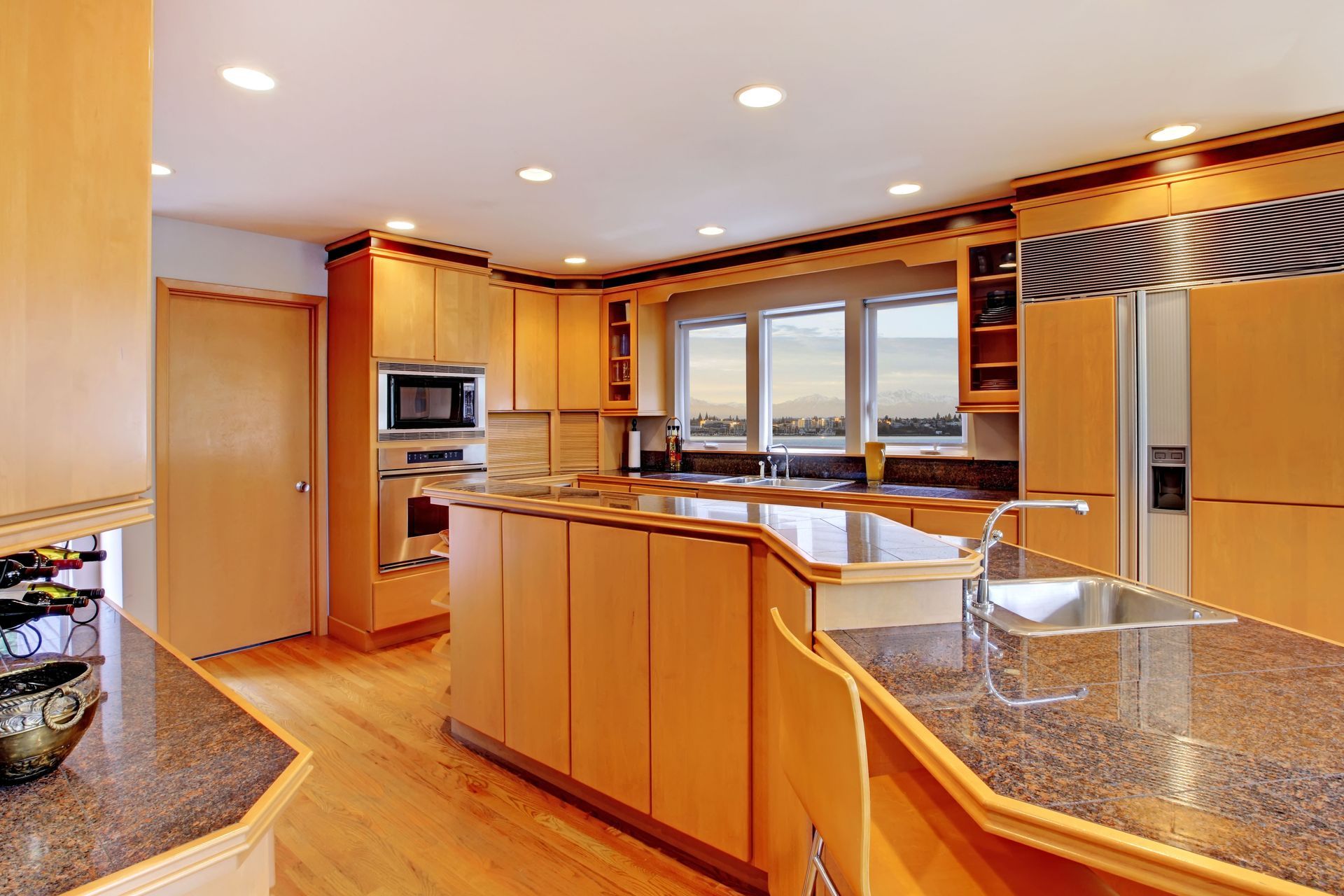
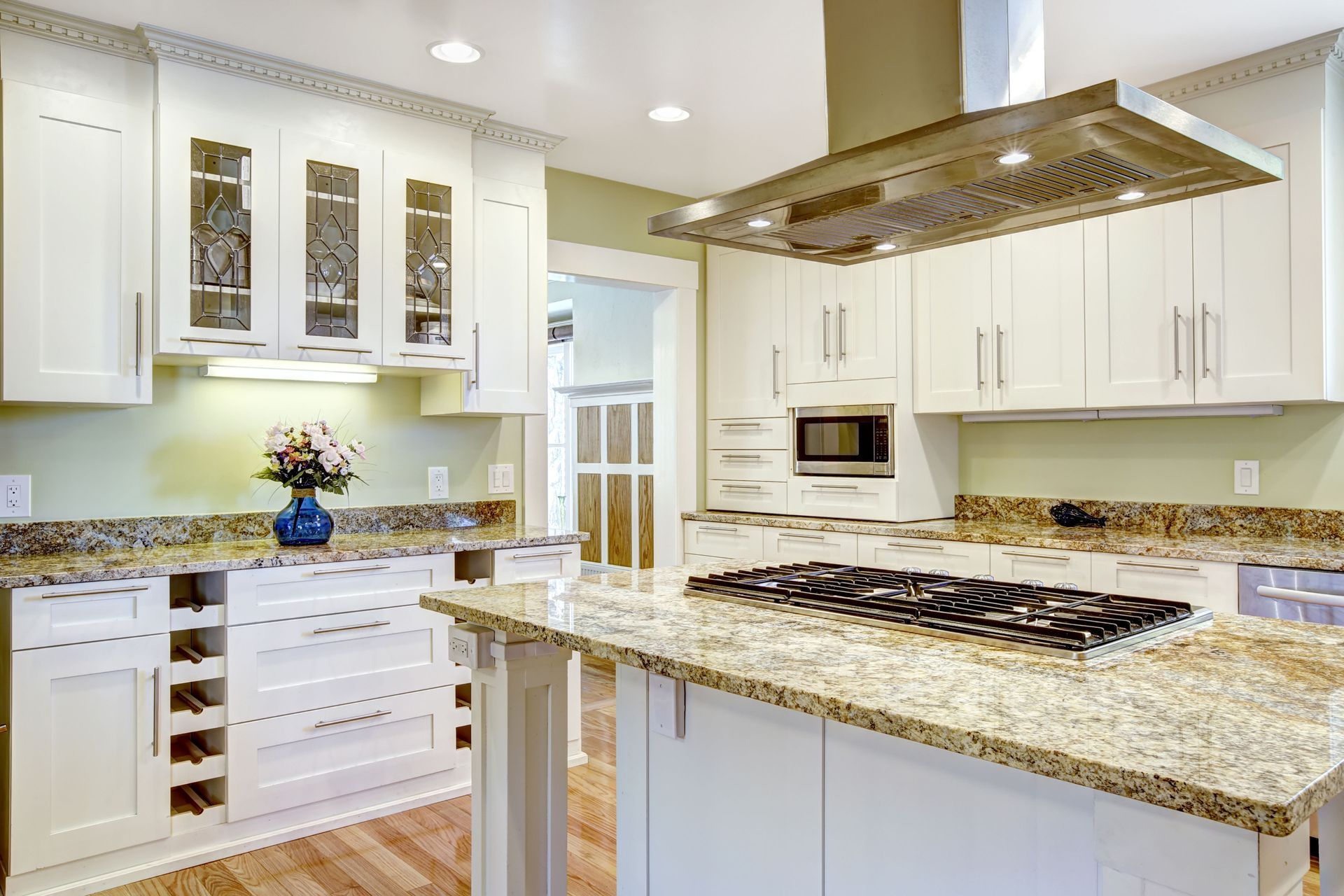
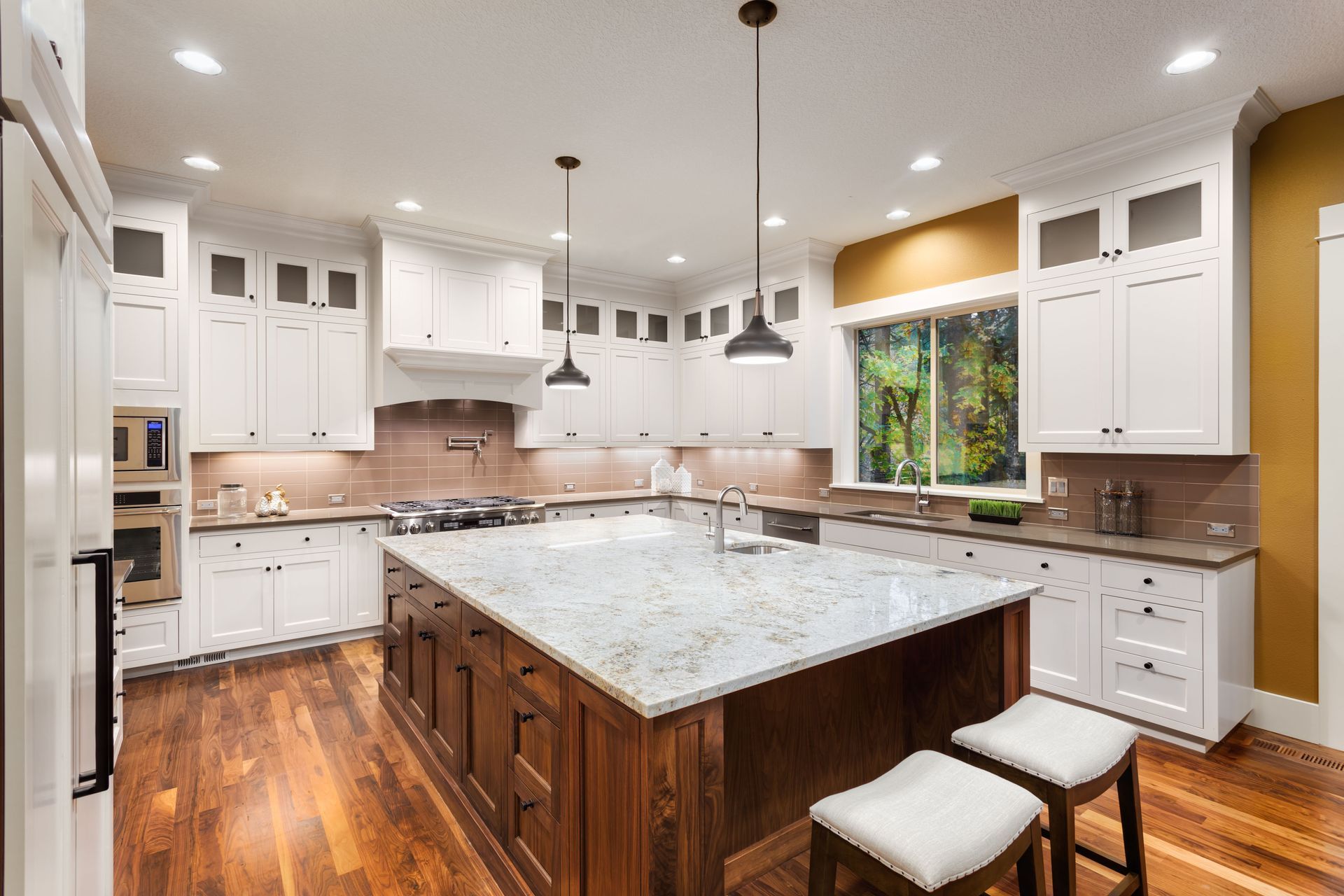
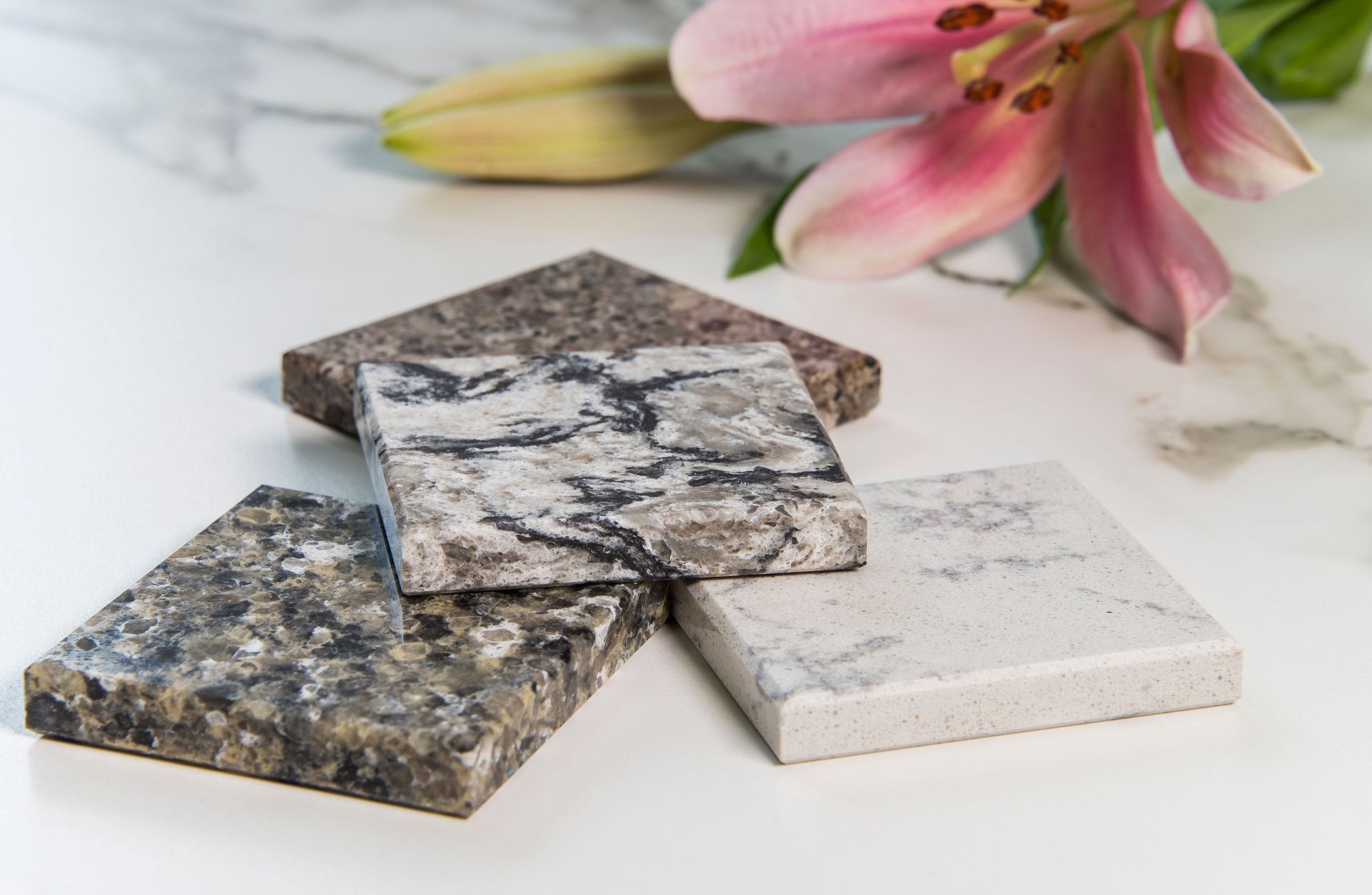
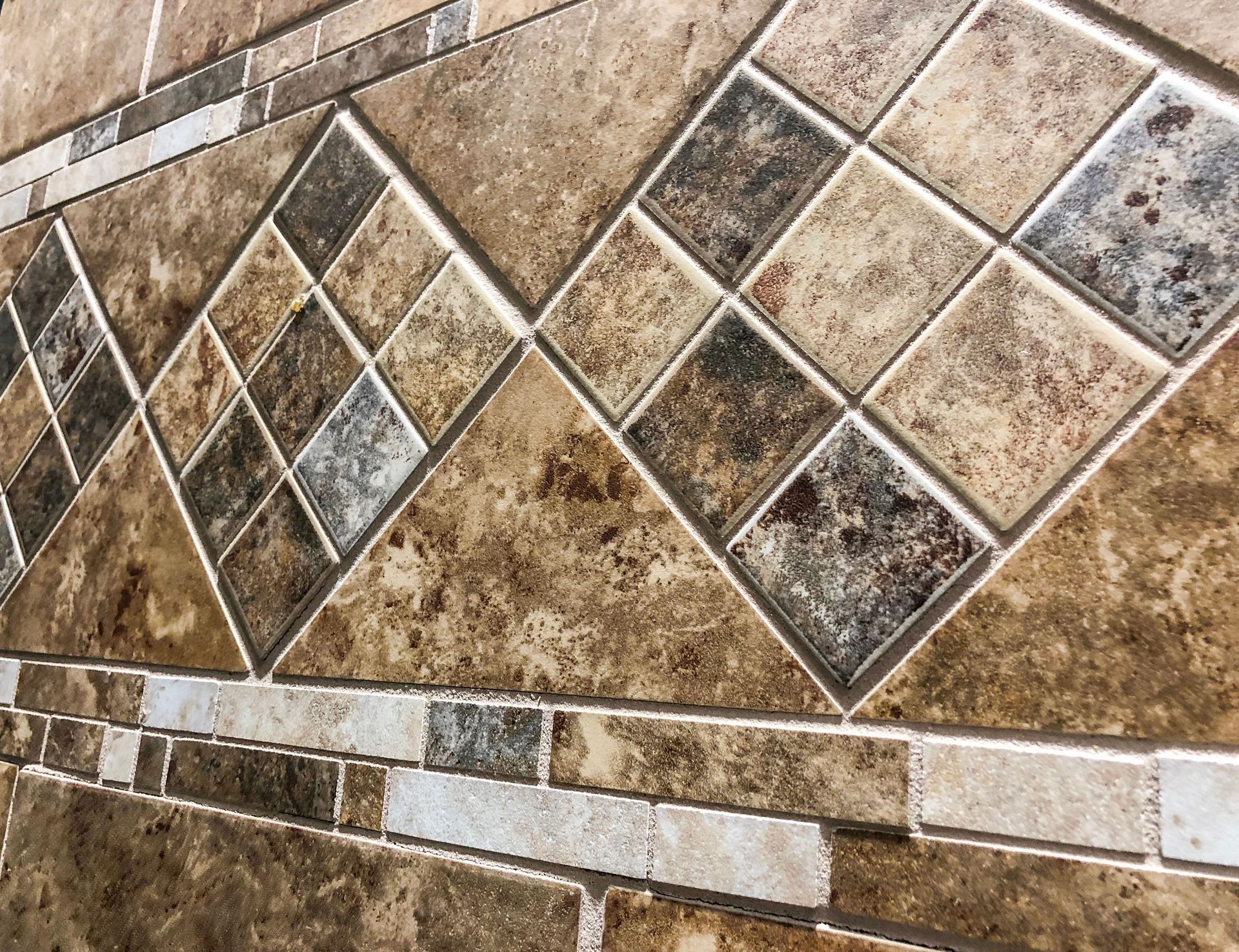
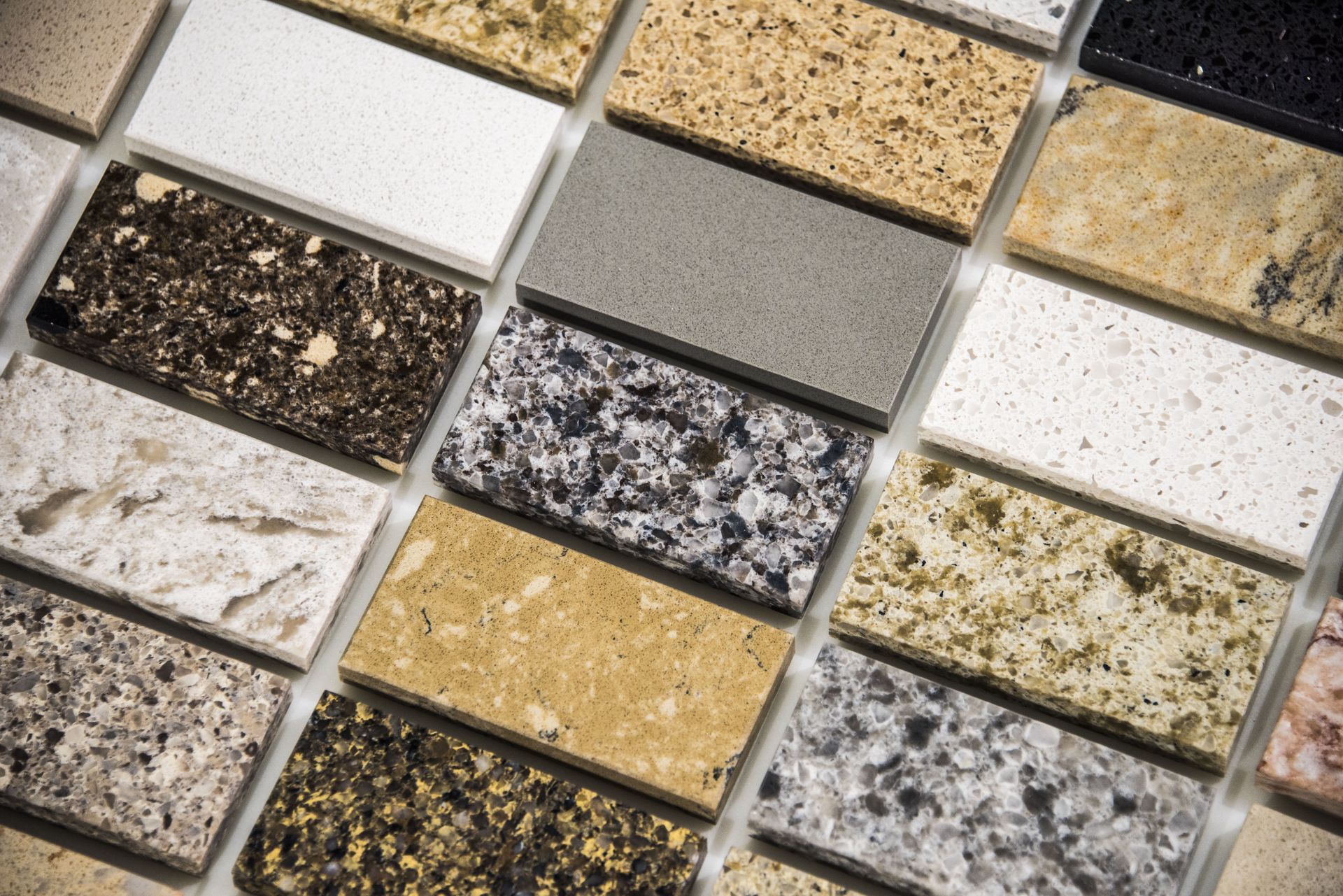

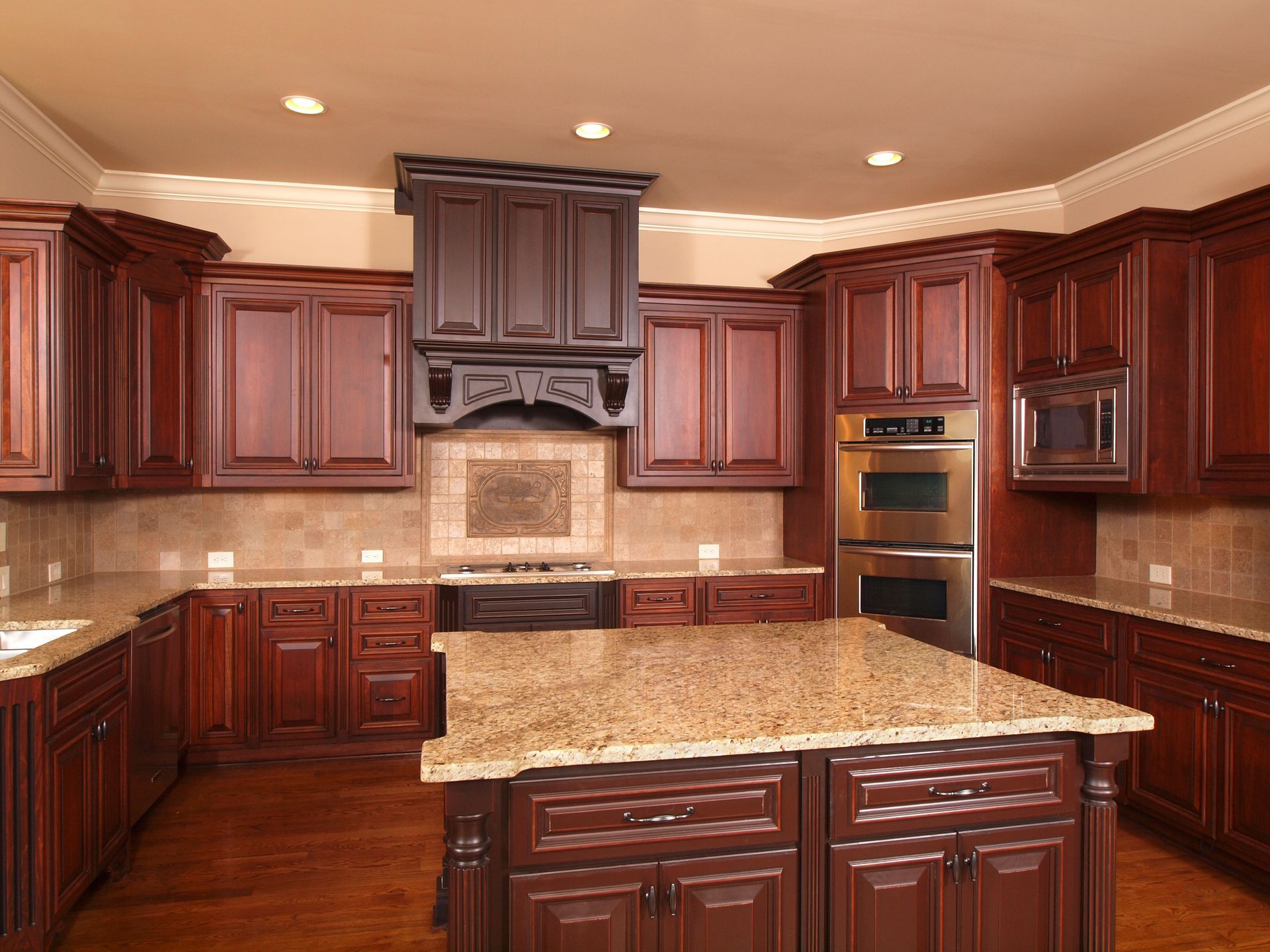
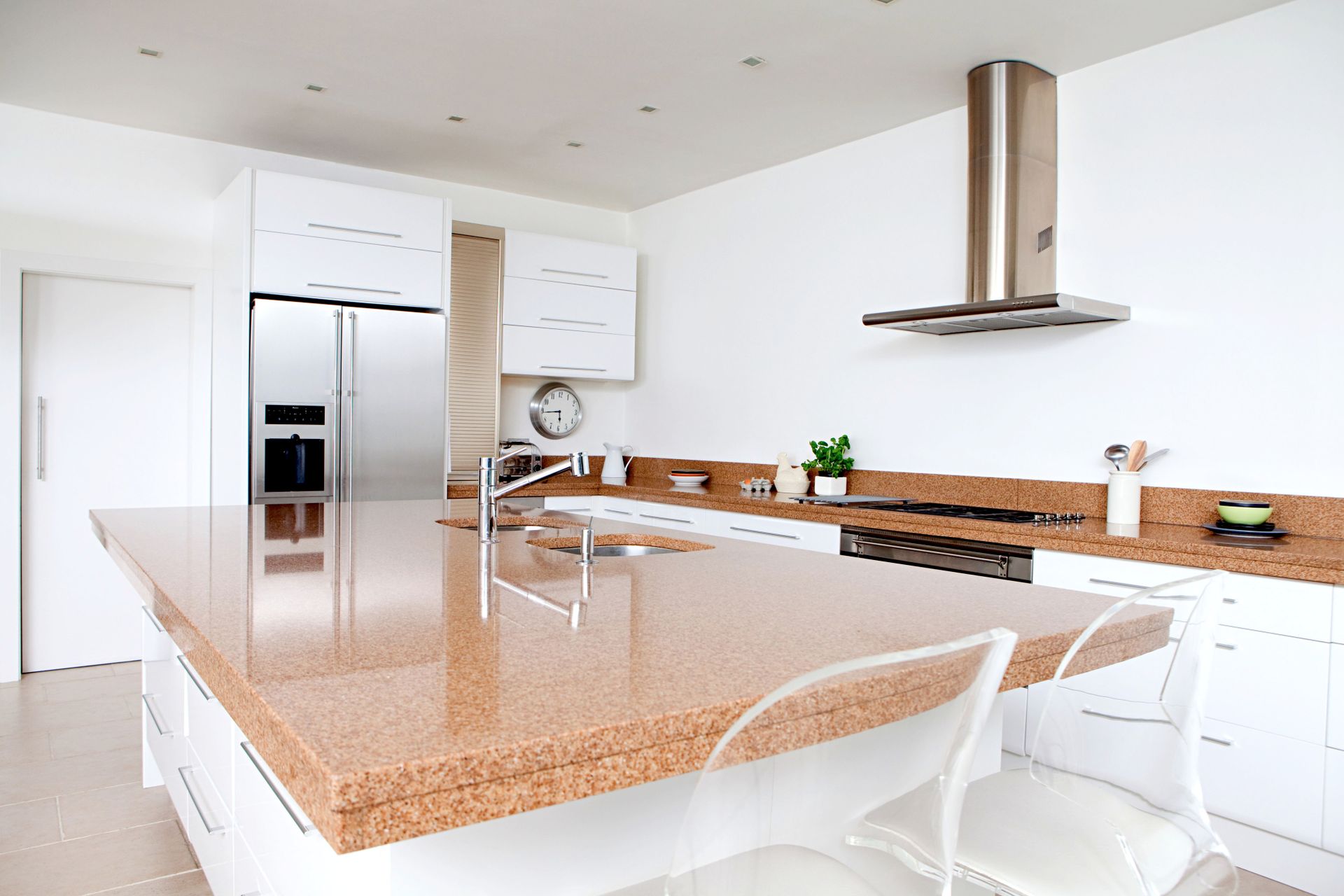
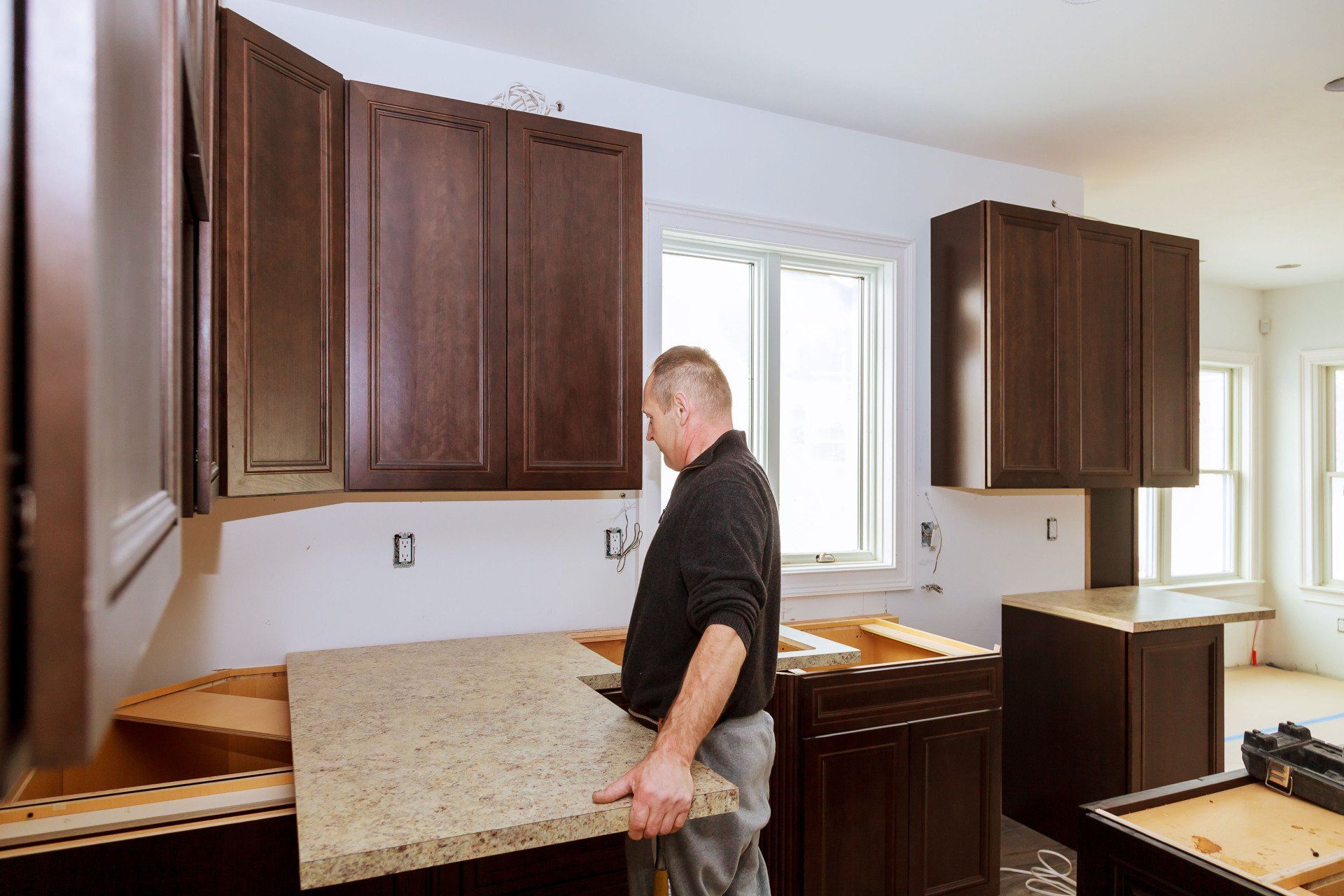
Share On: